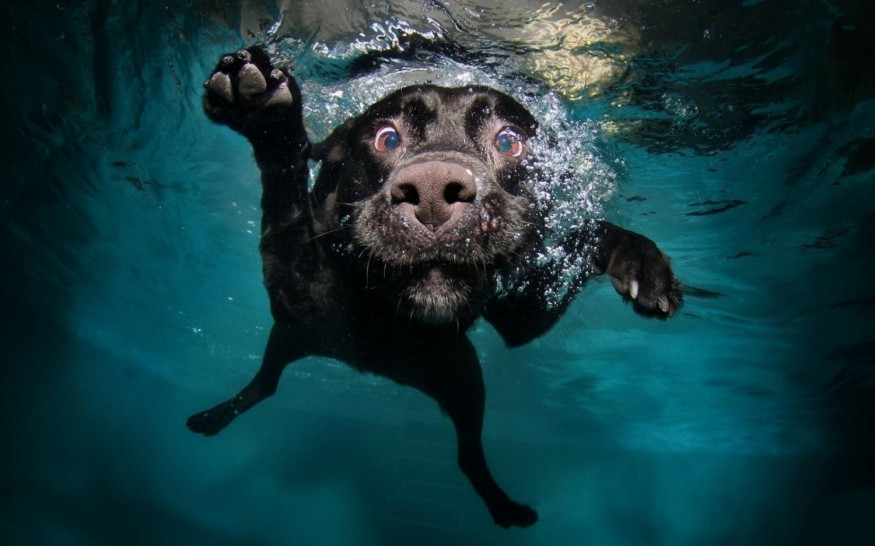
Although the popular term of the "doggy paddle" is commonly used, dogs are not natural-born swimmers. It is true that many canines enjoy swimming, but they must be taught how to swim like humans.
A dog owner should always keep a close eye on their pup when they enter into the water because there is a possibility that their dog could drown. Follow these tips about prevention, preparation, and awareness.
Prevention
The best way to protect a canine from the water is by knowing how to prevent them from getting into the pool unsupervised.
All pool areas should have a fence around them, so a canine cannot have access to the swimming area when outside. A fence should also be put up if living near a lake, river, or creek because dogs can also jump in unsupervised and hurt themselves.
Another good way to prevent dogs from getting into the water has a good quality collar. This is especially important if the dog gets very excited by seeing water and runs off into it.
A martingale collar is recommended because this collar is made to provide more control over the dog, is perfect for those who get nervous, excitable, or tend to pull.
Making sure the canine is obedience trained can prevent a lot of trouble. This should start as soon as a new owner brings a dog into their home. When by water, always have a toy or treats to use to retrieve the pup from a dangerous area.
Preparation
Before letting the dog run free by potentially dangerous water areas, start teaching the dog how to swim.
First, it is essential to know if the canine is classified as a "swimming dog." Some examples of swimming ones are golden retrievers, labradors, and poodles.
Canines that are at higher risk when swimming are pugs, bulldogs, and corgies. This is because they have shorter snouts and legs than other "swimming dogs."
Next, start getting the dog familiar with water and swimming by first assisting them with hands by their belly. After the canine is comfortable with the motions, only hover hands under the pup and let them swim by themselves, but assist if their head goes under.
Following this, take a few steps back and have their canine swim to them, then move farther back gradually so the dog can swim on its own.
It is a good idea to keep a close eye on the canine while swimming and look for signs of tiredness.
Awareness
Having a dog swim can be a fun activity for the pup and the owner. Once the dog is experienced, take them swimming at the beach, pool, or lake.
Even if the canine is a swimmer, something can happen. An owner should know how to perform CPR on their dog and know who to call in case of an emergency.
The Bottom Line
Dogs enjoy the water on a hot summer day just like all of us, but it can be dangerous. Before exposing a pup to water, it is a good idea for owners to know preventative techniques, prepare their dog for swimming, and be aware of what to do in case of an emergency.
© 2025 NatureWorldNews.com All rights reserved. Do not reproduce without permission.





